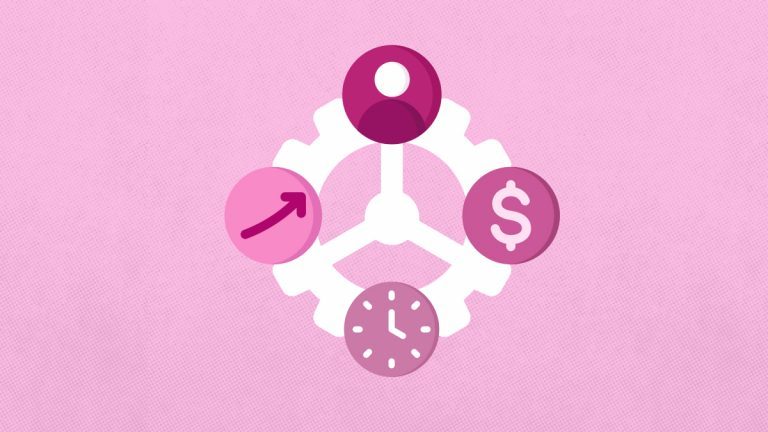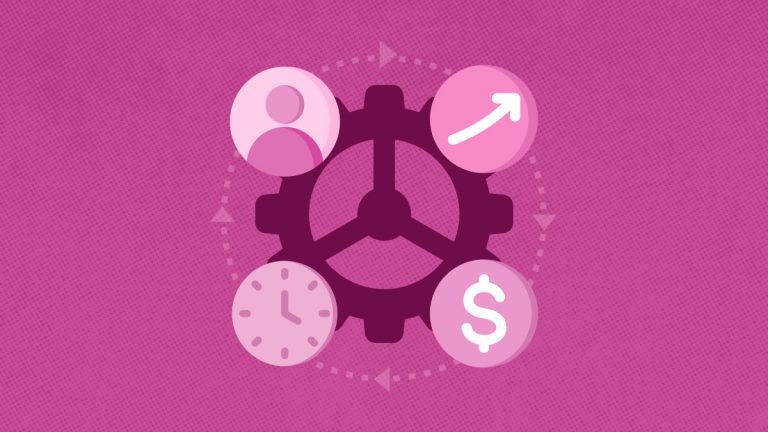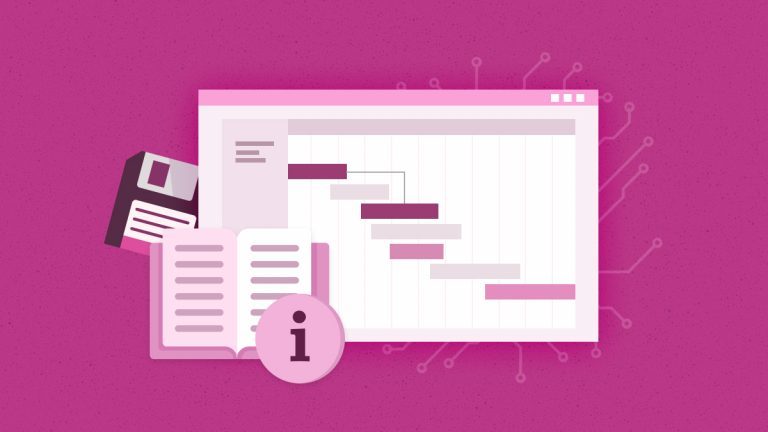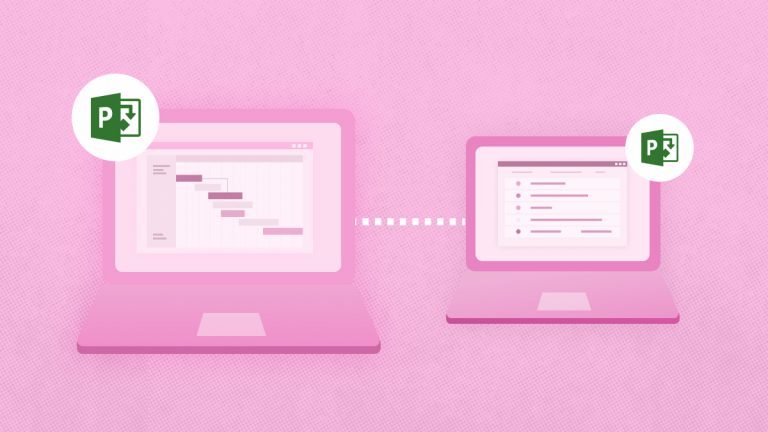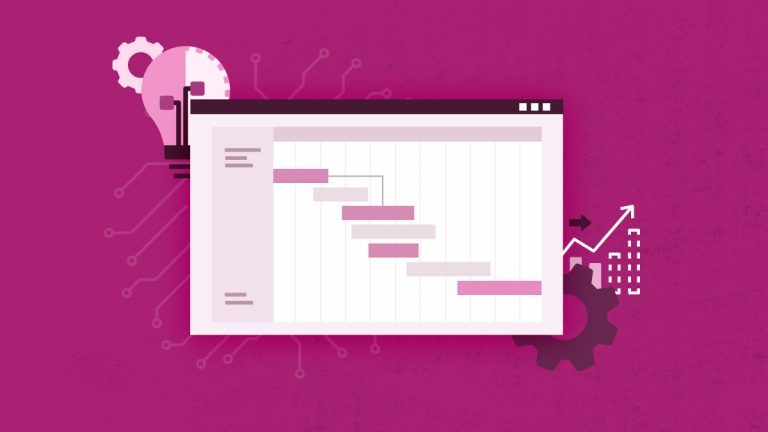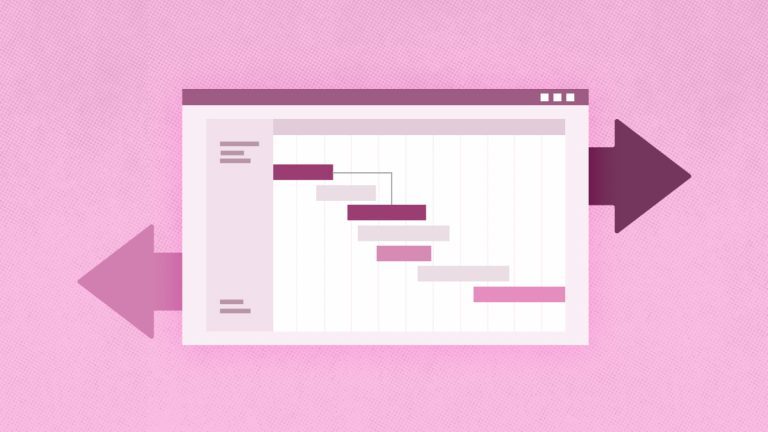
Elena Humeniuk
PPM Consultant
Practical project and work intake processes are essential for businesses aiming to stay ahead of the competition in today’s fast-paced business environment. In business, “intake” refers to gathering and assessing project proposals to ensure that the portfolio only includes the most worthwhile initiatives. This article explores the importance of mastering projects and taking on new work and strategies to reduce the time, effort, and risks involved in these processes.
Importance of Intake Process
An effective project management office (PMO) adds substantial value to any business. Significant business benefits from an efficient PMO include:
- Increased strategy alignment.
- Enormous cost savings per project.
- A significant decrease in failed projects.
These outcomes result from an entirely top-down, regulated, and coordinated effort that begins with the project intake (PI) process.
Understanding Intake in Business
The process of receiving, assessing, and handling incoming requests (or services) for projects or work is called intake in the business world. It entails the systematic collection of project proposals from stakeholders and different departments.
The Intake Process
The intake process is a well-defined structure that ensures openness, efficiency, and alignment with organizational goals. Project proposals are submitted and reviewed, and decisions are made on including them in the project portfolio during this phase.
Defining Intake Criteria
Establishing explicit rules is necessary for organizations to reduce the work involved in defining the requirements for project inclusion in the portfolio. The team responsible for intake management must collaborate with significant stakeholders (or client) to ascertain the criteria that determine whether a project is in line with strategic goals. The organization speeds up decision-making by streamlining the evaluation process and explicitly identifying these criteria.
Per the Project Management Institute (PMI) guidelines, defining intake is a crucial first step toward developing an organized and successful project intake process. It entails establishing clear guidelines and standards for a feasible project for the company.
Optimizing the Project Intake Form
A well-designed project intake form is crucial. Each proposed project can have its critical pieces of information standardized with this form. Documents and publications published by PMI that highlight project intake process best practices can be helpful to organizations. To ensure that all essential details are collected without adding excessive complexity, these resources offer useful insights into the form’s details that should be included.
Minimizing Time to Gather Proposals
Improving the efficiency of collecting project proposals from different departments should be a top priority when managing new work and projects. This entails optimizing the submission procedure and utilizing digital technologies to communicate effectively. Applying the work intake process principle, businesses can reap the rewards of implementing automated systems that facilitate the submission of project proposals by stakeholders.
Organizations can reduce the time and effort spent on manual data collection by using digital solutions and technology to build a centralized platform for project submissions. This aligns with the recommended practices for project intake processes, highlighting the significance of efficiency throughout the early phases of managing a portfolio.
Efficient Stakeholder Involvement
A fundamental component of practical project and work intake is minimizing the chance of missing key stakeholder inputs. Important stakeholders should be involved in the intake process to ensure that different viewpoints are considered. According to PMI’s research on project intake, companies should work together and include people from various areas and levels within the company.
The accuracy and usefulness of the portfolio can be enhanced when stakeholders’ feedback is integrated into the project intake form and evaluation criteria. Involving all relevant parties reduces the possibility of oversight and helps stakeholders feel more connected and invested.
Continuous Improvement in Intake Management
Mastering a project and taking on new work is constant and calls for a commitment to improvement. Organizations should periodically review and improve their intake procedures to adapt to changing company circumstances, strategic initiatives, and customer feedback.
According to the intake process, businesses should see intake management as a flexible and dynamic role that changes as the business environment changes. Organizations may guarantee that their intake procedures remain effective and aligned with overall business goals by remaining attentive to new trends and industry best practices.
Conclusion
In conclusion, organizations seeking to maximize their portfolios must master project management and new work intake. Organizations can optimize their procedures by reducing the duration required to collect proposals, specifying precise requirements for project inclusion, and guaranteeing strong stakeholder engagement.
Companies should use standards and industry knowledge to guide their intake management strategy. Using technology, efficient procedures, and a dedication to continual development, organizations can set themselves up for success in a constantly changing business environment. They can also benefit from agile concepts to improve the project intake process’s flexibility by enabling iterative improvements and prompt reactions to shifting business requirements.
Contact us
to find out how you can simplify your PPM processes



